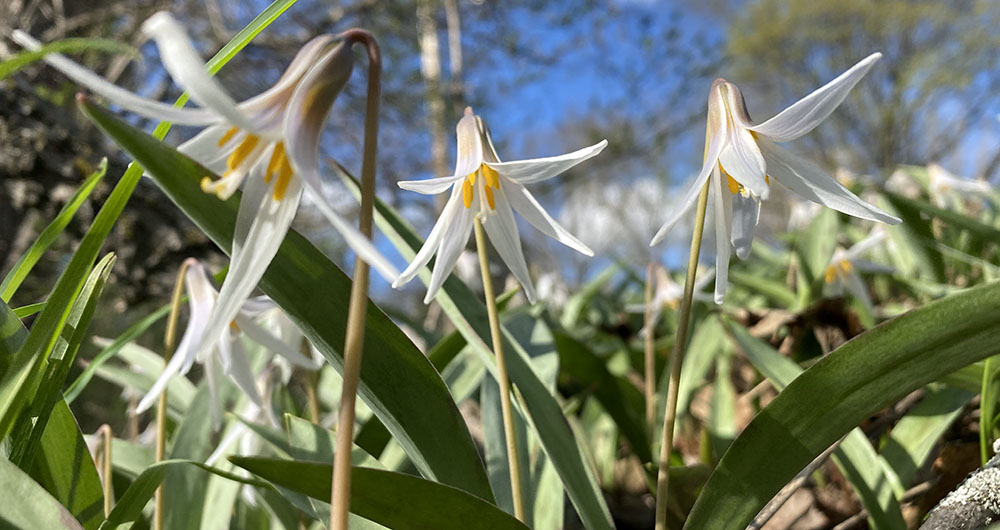
Honoring Earth Day All Year
April 25, 2021 | Topics: Issues
Individuals and groups can foster environmental sustainability
Photography by Eddee Daniel
Earth Day was born in Wisconsin at a time when the Badger State was one of the most progressive states in the nation. The first Earth Day in 1970 drew national attention to the widening environmental crises. Soon after, new governmental agencies and regulations helped revitalize polluted lands and waters, conserve natural resources and regulate toxic substances. Nevertheless, today we face even greater challenges due to the global climate crisis. That includes the irreversible melting of glaciers and loss of species and habitats. Most critically, if Earth’s temperature continues to rise, its ability to support life becomes uncertain.

Climate scientists concur that human activities contribute to extreme climate events. Conversely, people can work to halt and reverse those effects. A key mandate is to reduce the levels of carbon dioxide released into our atmosphere.
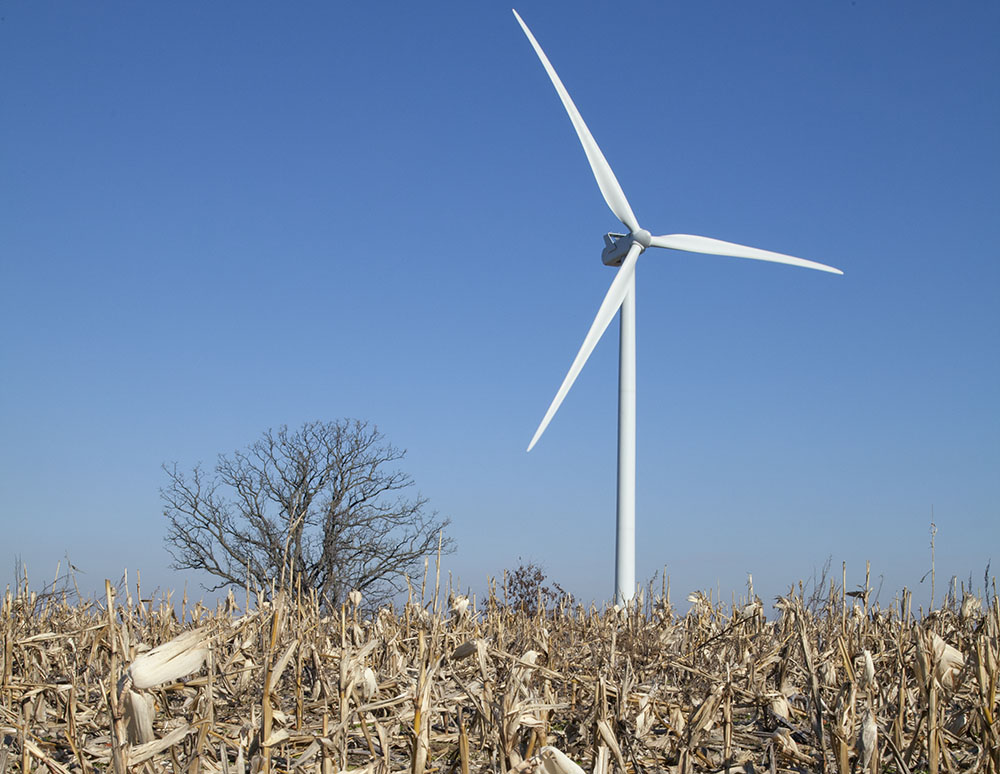
Conscientious individual actions can help increase climate resilience. As environmental activist and author Joanna Macy says, “Active hope involves taking action in support of a future we hope for.” Positive actions counter futility, despair and inertia. Also, grassroots efforts provide ballast for climate-informed policies. In 2020, it became increasingly clear that comprehensive “systems thinking” is essential to holistically tackling intertwined challenges involving public health, racialized inequities and ecological sustainability.
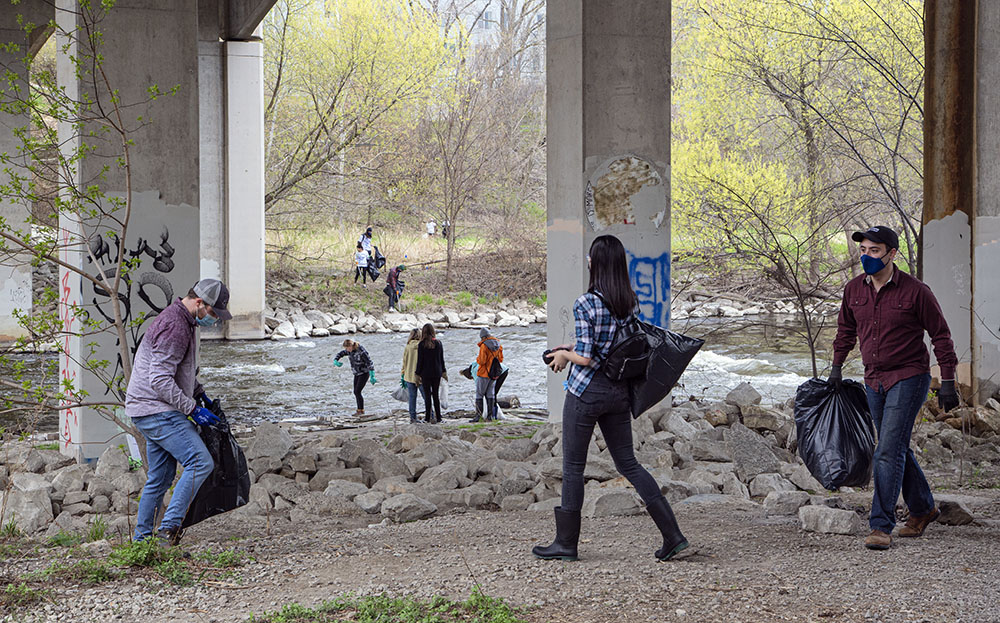
We can honor and celebrate Earth Day on April 22 and every day. Beyond the basics of recycling, composting and environmental cleanups, there are far-ranging options for environmental stewardship.
Deeply connect with natural places
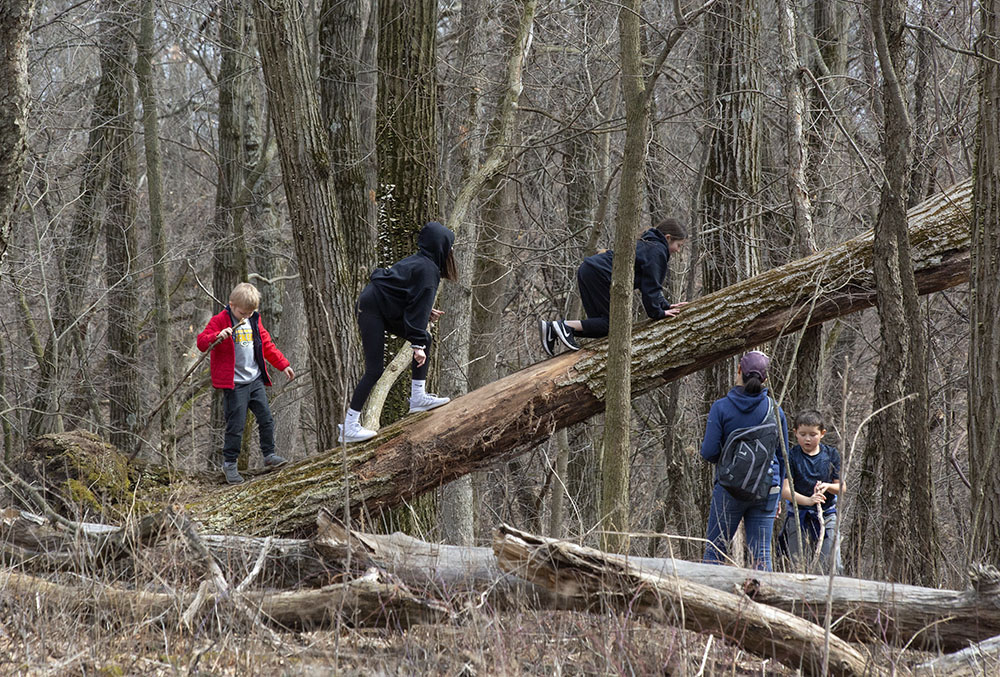
This can happen with any site visited often enough to observe seasonal rhythms, landscape changes over time, as well as flora and fauna. Conservationists say that “biophilia,” the desire to commune with nature, encourages thoughtful stewardship of specific places. Children need ready access to green spaces and opportunities to learn about them, a goal addressed locally by the Urban Ecology Center, “Green Schoolyards” and other projects.
Adopt a sense of urgency
There is no Plan B when it comes to potential climate catastrophe, since there is no “Planet B.”
Study
Books and films about climate issues abound. The nonprofit 350.org, a worldwide science-based organization with a Milwaukee chapter, works to address climate crises. Online resources include guides, templates and creative toolkits for studying and organizing. Learning about our local watershed can heighten awareness of how individual acts affect the health of our waters and overall environment.
Plant
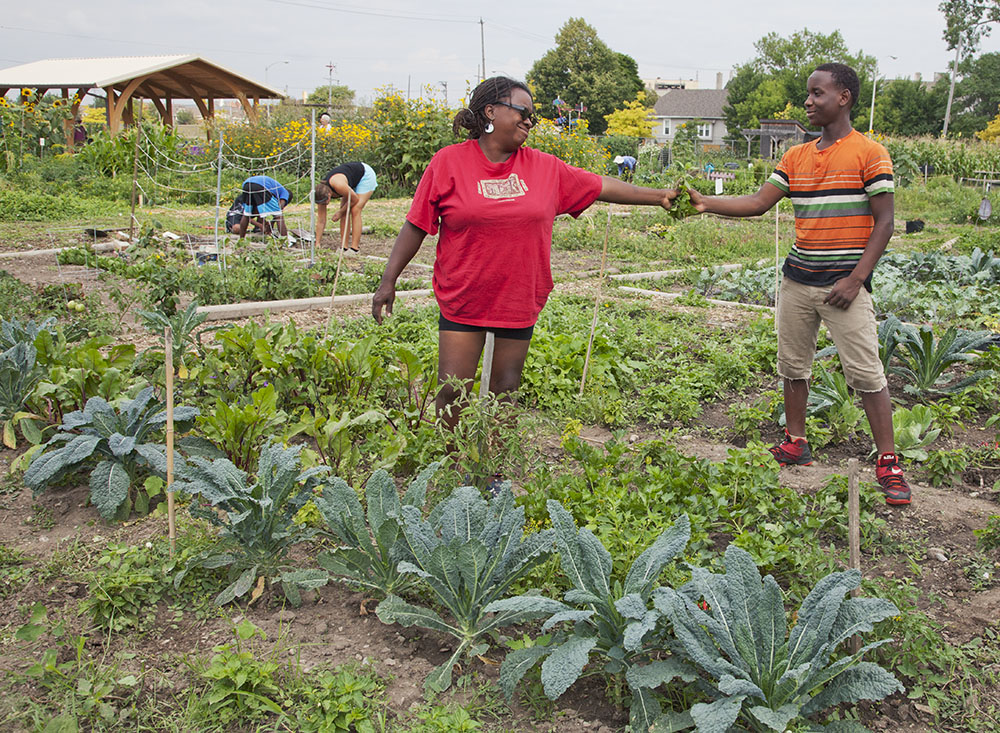
Sustainable growing projects enable direct caretaking of the Earth. Gardening and greening can focus on supporting birds, bees, butterflies and other insects; replacing sod with native plantings; reducing runoff into common waters; cultivating food; and other goals. Local resources include Alice’s Garden, Groundwork Milwaukee, Metropolitan Milwaukee Sewerage District, UW’s Extension Milwaukee County, Victory Garden Initiative and community gardens. Also, planting shade trees benefits community health on many levels (see sidebar).
Say no to single-use plastic
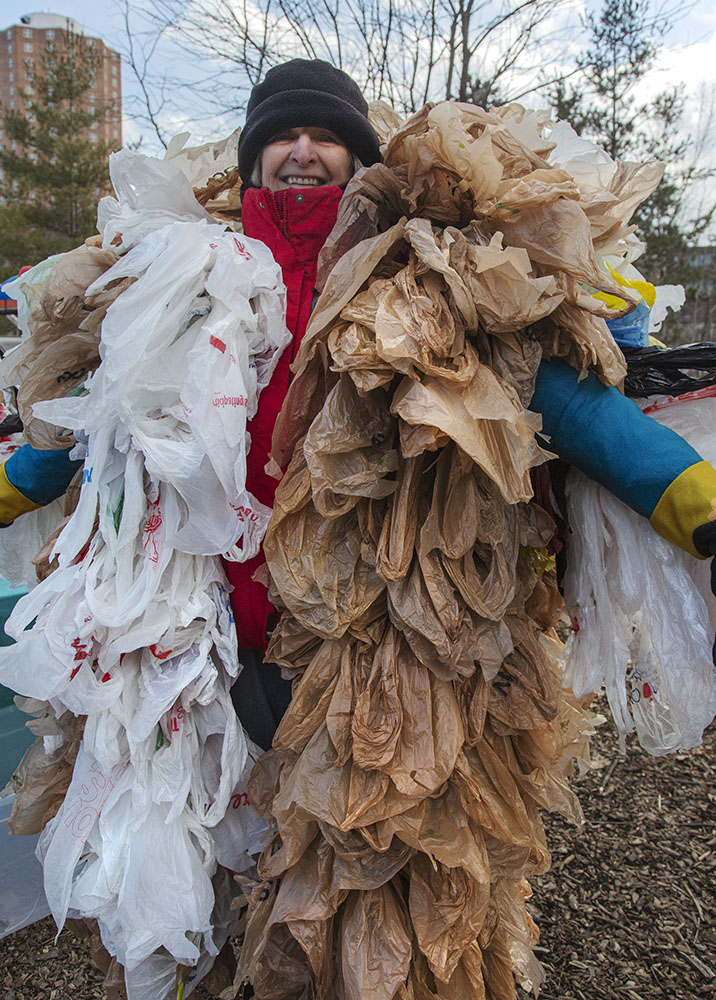
The World Economic Forum warned in 2016 that plastic by weight will outpace fish within our oceans by 2050, if unchecked. The amount of plastic that enters Lake Michigan alone each year is equivalent to 100 Olympic-sized pools full of plastic bottles, a Rochester Institute of Technology study reported. The Plastic-Free MKE Coalition—a collective of community members, local nonprofits, government agencies and small-business owners—works to eliminate single-use plastics in greater Milwaukee. Its website offers resources and activities to help end reliance on plastics. Visit plasticfreemke.org.
Link climate and environmental justice issues
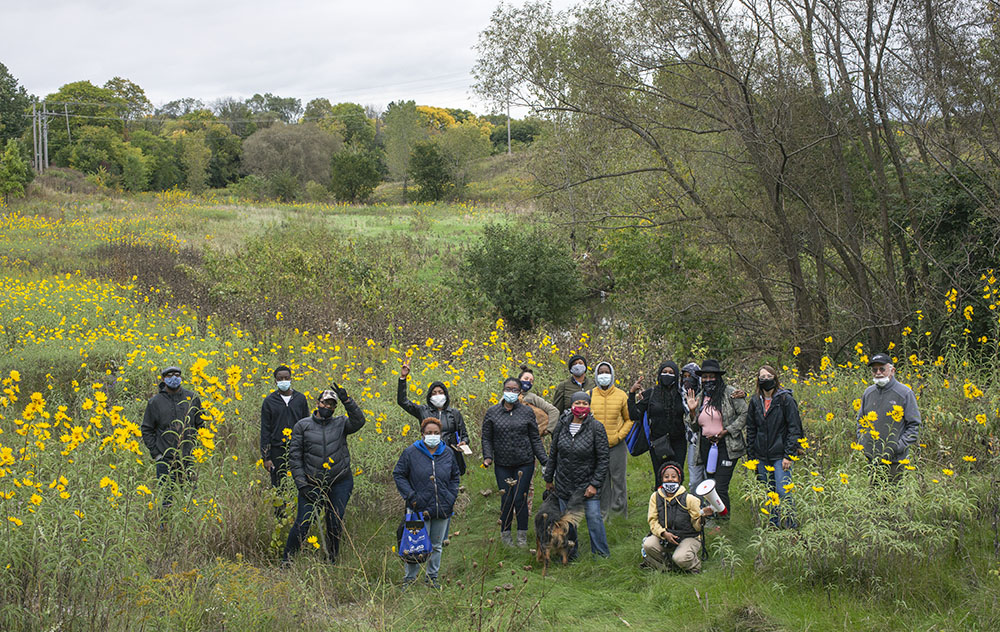
Research shows that communities of color and Indigenous peoples are impacted most directly and deeply by environmental and climate-crisis challenges. “Building a Multiracial Environmental Community” is a new initiative launched by Hummingbird (coordinated by environmental activist Mandi McAlister) in collaboration with Milwaukee Environmental Consortium and Nearby Nature Milwaukee. It offers ongoing tracks for study, connection and action “to address racism in the environmental community and work toward environmental justice.”
Act locally
Both grassroots and governmental initiatives to address climate issues are growing. The Milwaukee Equity and Climate Alliance (MECA) is a coalition of organizations “working to persuade the City of Milwaukee to adopt and implement a comprehensive plan to move City operations and the community as a whole to 100% renewable energy.”

The City-County Task Force on Climate and Economic Equity, founded in 2019, is co-chaired by Ald. Nik Kovac and Milwaukee County Board Chair Marcelia Nicholson. It issued a preliminary report last year and commissioned a Milwaukee Greenhouse Gas Inventory & Forecast, available at the City’s Climate and Equity Plan webpage (milwaukee.gov/climateplan). The public is invited to attend task force meetings, including those of topical work groups.
Advocate for sustainable policies
Countering a climate catastrophe will require sustained governmental policy initiatives. The City of Milwaukee’s Environmental Collaboration Office (ECO) has established an agenda of climate-related policy goals, accessible at milwaukee.gov/climate, along with other resources.
Acknowledge and imagine

In terms of the climate crisis, we are all in this together. On Earth Day and beyond, we can ponder who and what has helped preserve the natural resources upon which we and other beings depend. One starting point is to acknowledge the Indigenous peoples on whose lands we reside, as well as traditional Native wisdom about resource management. We can research, ask and imagine what will support our planet’s survival and health. We can honor the Earth, individually and collectively, day in and day out.
Planting Trees Yields Big Dividends
Investing in trees and other “green infrastructure” are investments in public health, community resilience and sustainable employment opportunities, says a plan by the nonprofit Milwaukee Water Commons (MWC). Environmental benefits of trees include improved air and water quality and decreases in heat vulnerability and flooding. The presence of trees also correlates with reductions in the likelihood of respiratory or cardiovascular disease.
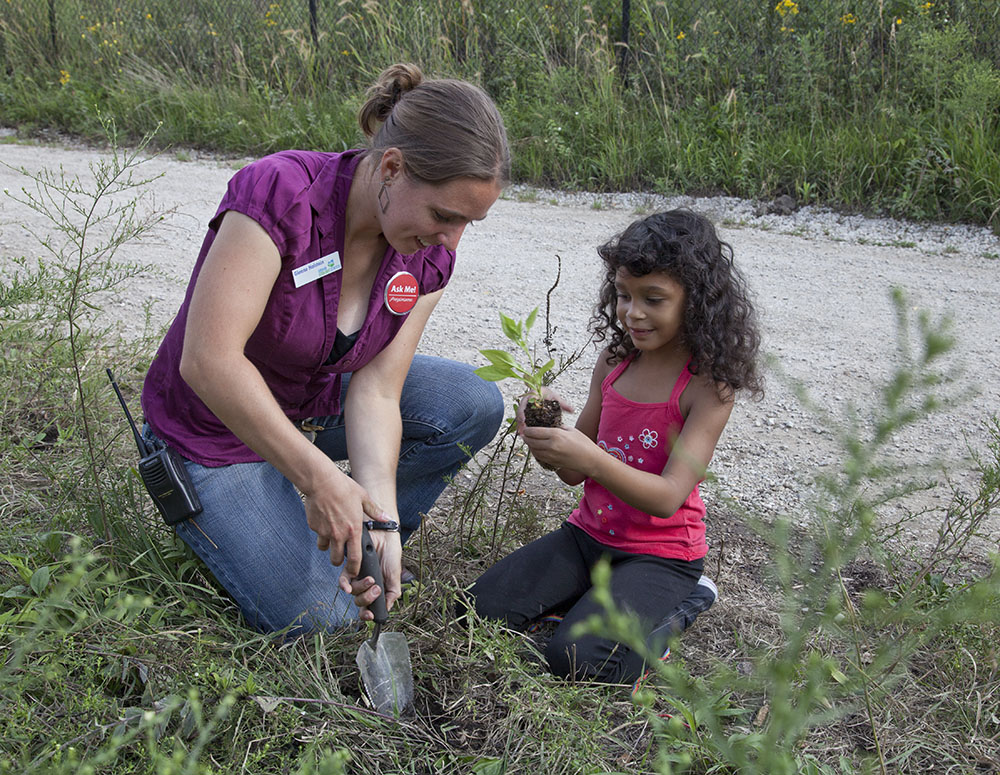
Branch Out Milwaukee, coordinated by MWC, is a “collectively organized campaign to maximize the benefit of Milwaukee’s canopy by focusing on equity, public health, environmental health, climate resilience and workforce development.”
Through collaborative efforts to plant and maintain trees, “the organizations engaged in Branch Out Milwaukee are committed to working throughout Milwaukee to ensure that tree-canopy goals also deliver on neighborhood priorities,” said MWC’s Joe Fitzgerald.
Wisconsin’s Department of Natural Resources website also cites research that indicates “a strong correlation between higher levels of tree canopy and lower levels of crime, regardless of socioeconomic factors.” Studies in Baltimore and Chicago found 12% to 56% decreases in crime following increases in the presence of shade trees and green space.

Greening Milwaukee is a nonprofit organization focused on making Milwaukee greener by showing people how easy it is to plant trees. The group even provides complimentary trees. Their website offers abundant information about choosing appropriate trees, where and how to plant them, and how to care for them.
Virginia Small is a lifelong writer and veteran journalist. She has served as a senior editor for a national magazine, a staff reporter and cultural reviewer for several newspapers, and a contributor to many national and regional publications. Eddee Daniel is a board member of Preserve Our Parks.
The featured photo at the top of trout lilies is from the Menomonee River Parkway, Wauwatosa.

